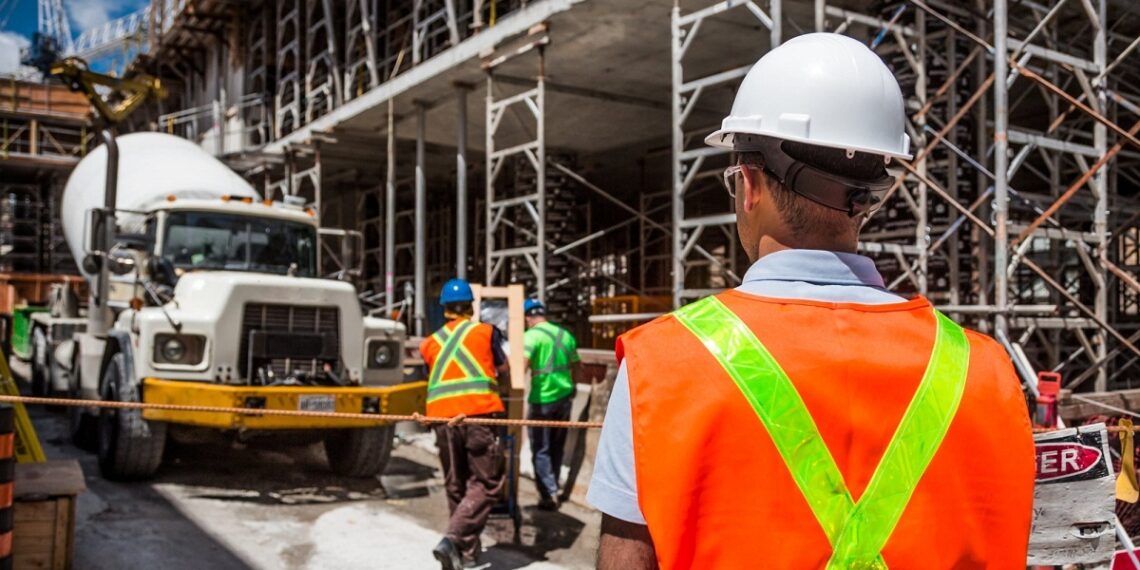In the dynamic world of construction, efficiency stands as a critical factor for success. Streamlined operations not only save time and resources but also enhance the overall quality of projects.
Today’s construction sector increasingly relies on the fusion of cutting-edge technology with strategic planning. This synergy is transforming how projects are managed, from inception through completion, leading to more effective and efficient outcomes. Most managers are now versed in programs and tools useful for the trade, such as construction estimating software or job site management software, to optimize processes and enhance communication for greater efficiency and success.
Table of Contents
Historical Context
Traditional construction practices, characterized by manual labor and minimal technological assistance, once dominated the industry. These methods relied heavily on skilled craftsmanship and simple mechanical tools.
Over time, the construction sector began to witness a shift toward integrating technology. This transition, marked by the gradual inclusion of computer-aided design, project management software, and advanced machinery, represented a significant change. It propelled the industry into a new era where technology and strategy work hand in hand to achieve greater efficiency and precision in construction projects.
Technological Advancements In Construction
The construction industry has undergone a transformation through the adoption of digital tools and software. Building Information Modeling (BIM) now allows for intricate 3D modeling, improving visualization and coordination.
Artificial Intelligence (AI) enhances resource allocation and risk management, while drones facilitate aerial site surveys and monitor project progress more efficiently. Incorporating the best construction scheduling software is also crucial in this landscape. These tools optimize project timelines and resource management, which is vital for project success.
These technologies impact planning, execution, and monitoring. They enable precise planning, adaptive execution, and real-time tracking. This level of precision, combined with predictive abilities, signifies a significant advancement in construction methodologies.


Strategic Approaches For Efficiency
Maximizing efficiency in construction requires a blend of modern technology and well-crafted strategies. This combination drives the industry forward, setting benchmarks for project success.
- Lean Construction Principles
Lean construction principles aim to streamline all aspects of a project. This involves identifying non-value-adding activities and eliminating them. Techniques like the Last Planner System and pull planning are used to enhance scheduling efficiency and reduce waste. Collaboration is a key aspect, with teams working closely to optimize the process.
- Project Management Strategies
Project management in construction goes beyond scheduling and resource allocation. It involves proactive risk identification and mitigation, ensuring that potential issues are addressed before they impact the project.
Effective communication channels are established, enabling real-time updates and decision-making. Advanced project management software plays a crucial role in integrating these elements, offering real-time insights and analytics to guide decision-making.
In sum, the integration of lean principles with robust project management strategies leads to a more agile, responsive, and efficient construction process.
Challenges And Solutions
Adopting new technologies in construction often faces several challenges:
- Resistance To Change
Employees’ hesitation stems from unfamiliarity and fear of obsolescence. To address this, create a culture that values innovation. Engage employees in the decision-making process, allowing them to voice concerns and suggestions.
- Cost Concerns
High initial costs deter investment. To mitigate this, perform a thorough cost-benefit analysis. Highlight long-term savings and efficiency gains, and consider phased investments.
- Training Requirements
Proper training is crucial for the effective use of new technology. Develop comprehensive training programs that cater to different skill levels. Incorporate hands-on sessions to enhance learning.
- Leadership Support
Leaders should model the use of new technologies, demonstrating their commitment and belief in its benefits. They should also facilitate open communication, address concerns, and promote a culture of innovation.
- Demonstrating Benefits
To persuade stakeholders, showcase tangible benefits through pilot projects or case studies. Highlight improvements in efficiency, cost savings, and quality enhancements directly attributable to the new technology.
- Incremental Implementation
Begin with smaller, less complex technologies to build confidence and familiarity. Gradually introduce more advanced tools, allowing for feedback and adaptation at each stage.
- Comprehensive Training
Training should be ongoing and adaptive, catering to different learning styles and skill levels. Regular updates and refreshers can help keep pace with technological advancements, ensuring that staff remain competent and confident.
The Future Of Construction Efficiency
Emerging technologies like augmented reality (AR), 3D printing, and advanced robotics are setting new trends in construction. These innovations promise enhanced precision and efficiency, reducing manual labor and time. They also offer sustainable building solutions, minimizing environmental impact.
The future landscape of construction will likely be characterized by smart construction sites, where technology drives all operations. Automated processes and data-driven decision-making will become standard, leading to safer, faster, and more cost-effective projects. The industry will continue to innovate, always seeking more efficient and effective construction methods.
Conclusion
The art of construction efficiency is a dynamic blend of technology and strategy. This approach is essential for the industry’s future, ensuring projects are not only efficient but also sustainable and innovative. As construction continues to evolve, this blend will remain pivotal, shaping the industry’s path forward.

